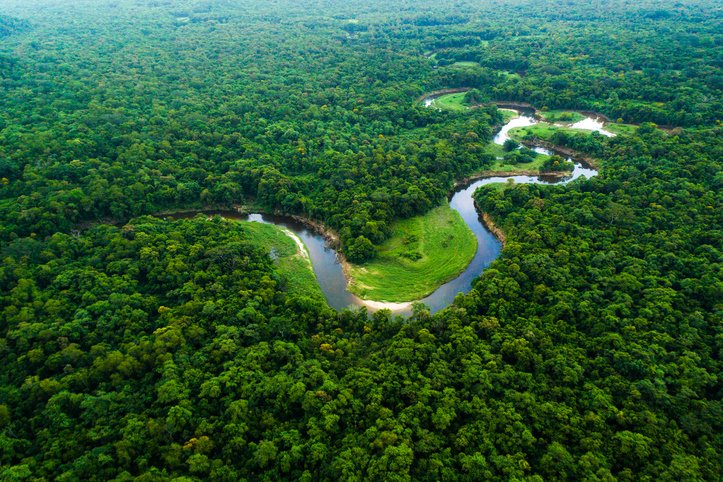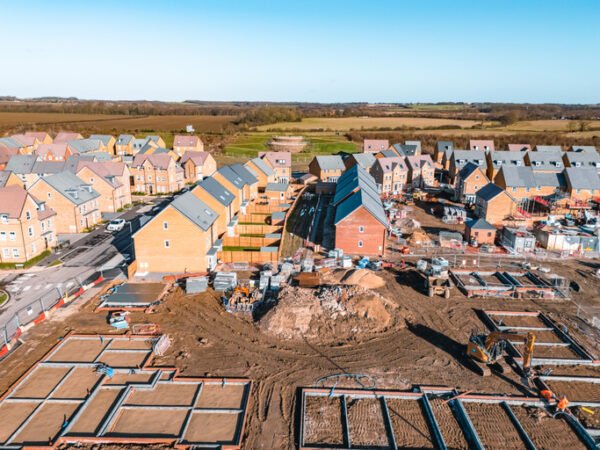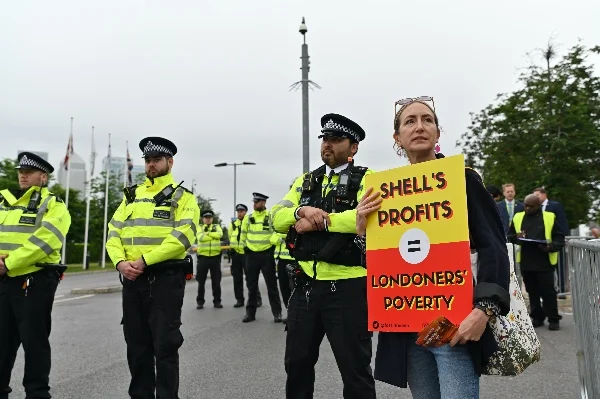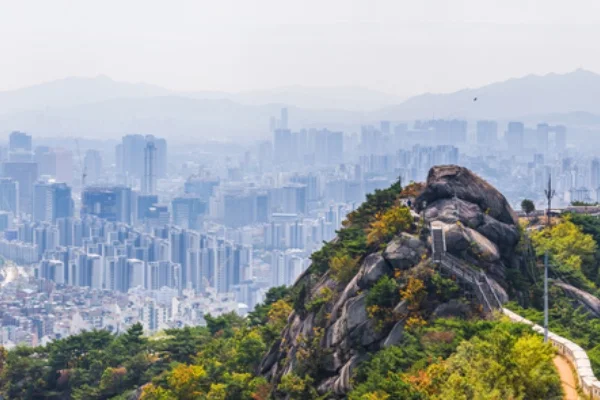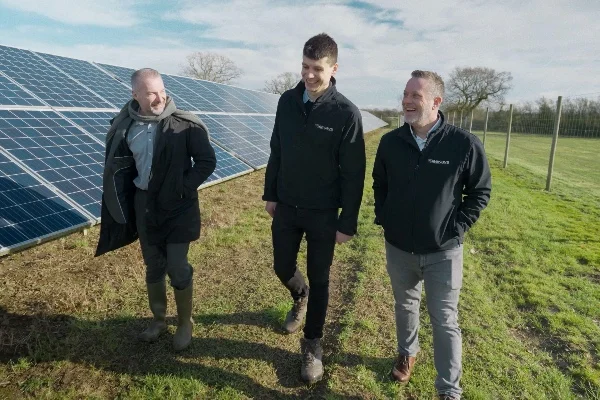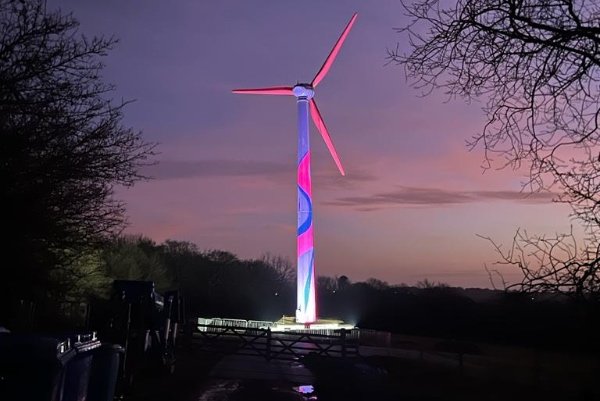Amazonian Indigenous leaders and researchers from nine countries have presented new evidence showing that the Amazon is immersed in a crisis or heading towards a point of no return due to the high rates of deforestation and degradation that, combined, already account for 26% of the region.
However, the remaining 74% (629 million hectares in priority areas) is still standing and requires immediate protection. The report states that the point of no return should be understood as the beginning of metastasis or the irreversible destruction of the ecosystem.
This new analysis reveals where degradation and transformation are occurring at the country level, and also identifies immediate needs and solutions to address the crisis in the Amazon.
It was presented at the 5th Summit of Amazon Indigenous Peoples, organised by the Coordinator of Indigenous Organizations of the Amazon River Basin (COICA), one year after the approval of Motion 129 of the Congress of the International Union for Conservation of Nature (IUCN), which seeks to avoid the point of no return in the Amazon by protecting 80% of the Amazon by 2025.
There is still time
The report, presented by COICA in conjunction with coalition of the Amazonia for Life Initiative, states that the protection of 80% of the Amazon by 2025 is still feasible and that there is still time to stop the current rate of destruction.
The study contemplates solutions to stop the progression towards the point of no return, including the recognition of 100 million hectares of Indigenous Territories, moratoriums to safeguard intact ecosystems with low degradation, an inclusive model of co-governance and a proposal for the conditional cancellation of the debts of the Amazonian countries.
The authors sounded a strong warning to the international community about the imminent danger faced by hundreds of Indigenous peoples living in the 40% of intact ecosystems (255 million hectares) that do not have territorial management regimes that reflect the biocultural diversity of the basin.
‘This report compellingly addresses the current state of the Amazon and outlines the symbiosis between threats to ecosystems and indigenous peoples in nine countries. There is a direct correlation between the destruction of our habitat and the assassination of indigenous leaders, defenders of our territories. We have corroborated that the recognition of the rights of the indigenous peoples of the Amazon basin is an urgent solution to safeguard 80% of the Amazon. We must act together, and we must do it before 2025. Anything less would be too little too late. We have entered the danger zone.’
JOSÉ GREGORIO DÍAZ MIRABAL
Indigenous leader and general coordinator of COICA
Pressures on the Amazon
This report, prepared by RAISG2, is accompanied by a set of new maps based on 36 years of data sequences, which show that 86% of deforestation has taken place in areas that do not have a territorial management regime aimed at conservation.
The livestock industry is the major driver of deforestation in the Amazon. Deforestation caused by cattle ranching in the Amazon rainforest accounts for almost 2% of global CO2 emissions annually.
66% of the Amazon is subject to some type of constant or permanent pressure: the oil industry, mining and over 800 planned and operating hydroelectric plants, among others.
 Play Video about This Rock Might Just Save The World
Play Video about This Rock Might Just Save The World Play Video about Play 2 hours of rock
Play Video about Play 2 hours of rock Play Video about Play 2 hours of brook
Play Video about Play 2 hours of brook Play Video about Play 2 hours of sheep
Play Video about Play 2 hours of sheep

















